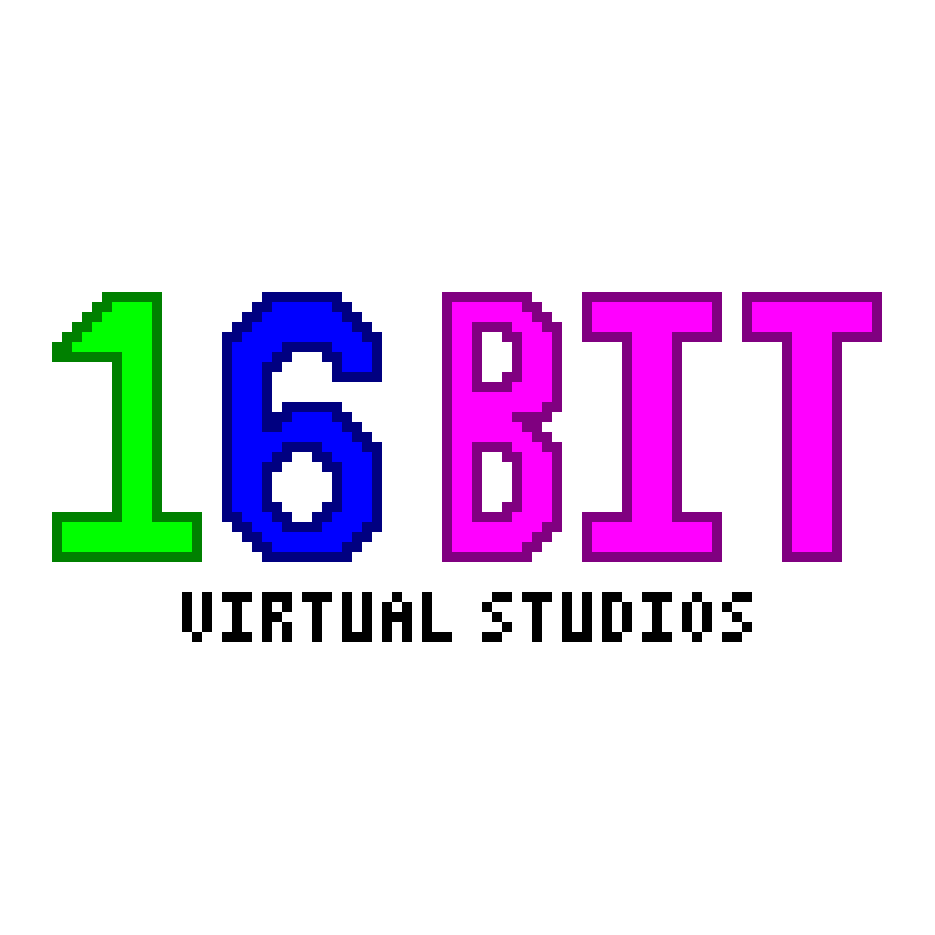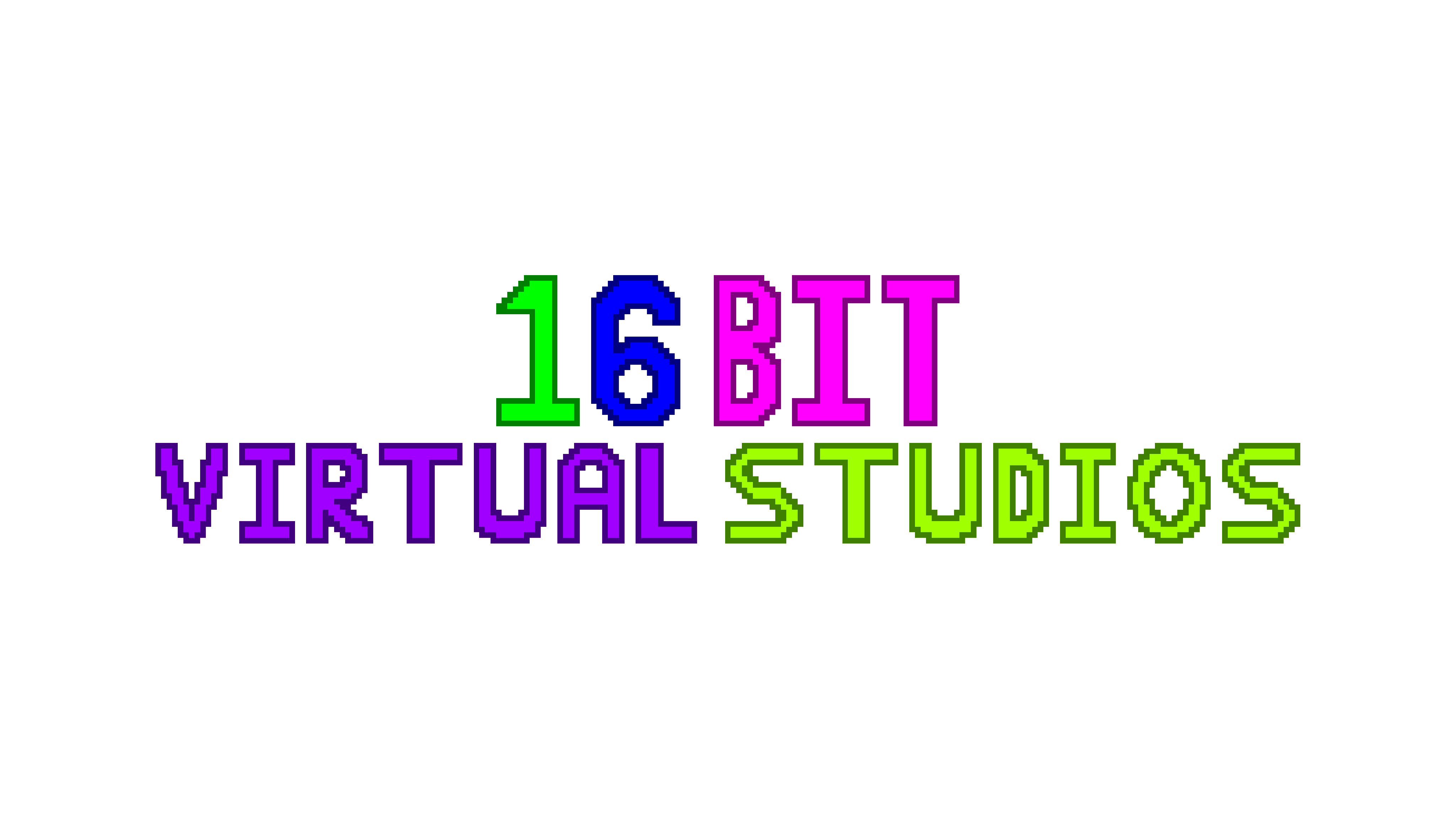

I’ve been at this for years, most of my designs are like your solid parts (Display Stands and DS Stylus). I’ve only recently tried experimenting with moving parts, and I’ve found using mixed mediums the best when 3D printing. i.e. using cloth or leather as the moving medium, with TPU or PETG for strength/flexibility.
As for what this is for. I’ve designed and made 3D Printable e-reader cases, which this link will show you the printable parts for, but I’d like to make a case for my iPad and other tablets, however I want to be able to prop it up and for it to be stable. This is designed with my cases in mind, and it has the clearance to lay flush with the back panel.
End goal is to have this embeded in the back so I can prop it up landscape, while I have another in the sleep cover so it can be propped up portrait, like an easel.








I too install Linux Mint, though Fedora Silverblue and Kinote is another good alternative.